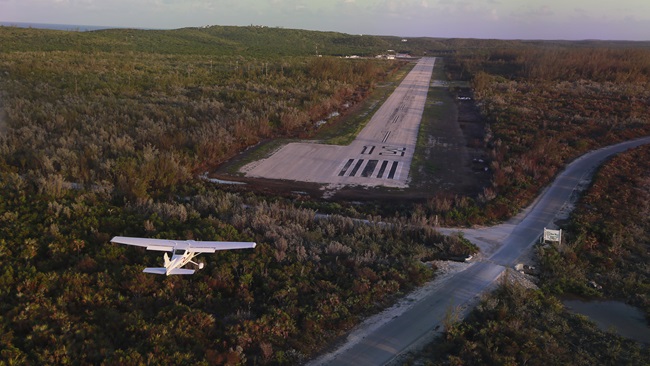Proficient Pilot: The takeoff mindset
So, what’s the problem?
I had just taxied the Lockheed L–1011 TriStar onto the runway and had recited the abort litany to myself. “She’s all yours,” I said to my first officer. It was his turn to fly.
“But watch out for that crosswind,” I added. “That wind sock pointing directly across the runway is as stiff as a howitzer. If we lose an engine at V1, you might wind up heading for the weeds.”
The co-pilot gave me a confused glance as the tower cleared us for takeoff. He appeared puzzled, because he had been trained to believe that an engine failure in a jetliner (or bizjet) at any speed during takeoff could be handled safely. He could not understand my comment about possibly losing directional control.
After reaching cruise altitude, I said, “If the left or right engine fails at or slightly above V1, it will take almost full rudder to keep the airplane on the centerline, right?”
“So what’s the problem?” he asked.
“Well,” I began, using the voice of patience that comes from having been an instructor and a father. “Assume that the left engine fails. This would cause the airplane to yaw strongly left. You’d have to counter with almost full right rudder. Right?”
“Of course. So what?”
“Did you notice how much right rudder you needed to compensate for that 30-knot left crosswind during takeoff?”
He understood immediately. If substantial rudder deflection was already being used to combat a left crosswind, there might not be enough remaining with which to cope with a left engine failure. The airplane might really head for the weeds. (A contaminated runway would make matters worse.)
“Why don’t they mention this in training?”
“Perhaps they don’t consider it to be much of a risk. After all, what is the likelihood that an engine will fail at V1 during one of those rare times when such a strong crosswind is blowing from the same side? Perhaps it has never happened. Not yet, anyway.”
Lightplane pilots do not have to worry about such a problem, but we do need to prepare for the possibility of an aborted takeoff for a variety of other possible reasons. Trouble is, many of us do not receive sufficient training in aborted takeoffs. How often does the average pilot actually give preparatory thought to aborting when lining up for takeoff (in a single or a twin)?
When adding power for takeoff, we typically anticipate a routine departure. We become victims of a psychological set and are “mentally programmed” to complete the maneuver. Should something go wrong during the takeoff roll, we might be unprepared to rapidly shift our intentions into reverse gear, even though there still might be an abundance of runway remaining. If this seems illogical, then why do so many pilots continue a takeoff when conditions suggest otherwise?
While giving flight reviews, I sometimes stealthily unlatch the right cabin door while the pilot taxis into position. The door inevitably pops open somewhere around 40 knots and creates a hellacious racket. There is no way not to know what has happened. But many pilots continue the takeoff even though there is ample runway available to abort without difficulty.
There is a simple way to combat the tendency to continue when conditions indicate that it might be wiser to abort. Do what professionals do. While taxiing onto the runway, have a brief chat with yourself about what might need to be done in case something goes awry. This usually is all that is required to achieve mental preparation.
There are many reasons for aborting a takeoff. These include unusual smells, noises, or vibrations; any indication of power abnormality (including subnormal acceleration); difficulty with directional control (possibly caused by a dragging brake); and so forth.
Do you recall the problem discussed earlier about the left engine of a jetliner failing when there is a strong crosswind coming from the same side and causing the pilot to run out of rudder? I now realize how easy it is to avoid such a dilemma. All a pilot needs to do is to depart in the other direction, so that the engine failure occurs on the downwind side of the airplane. Hmm. I suppose that might not work after all.



